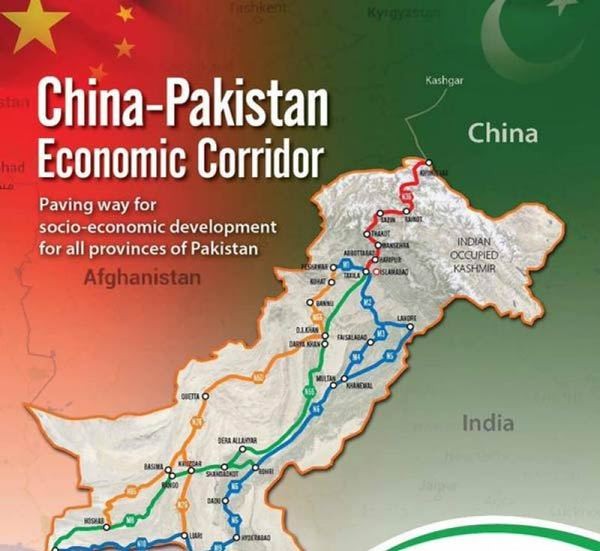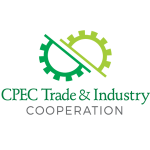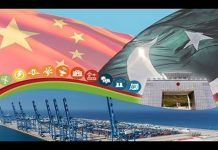
Leather and Leather merchandises are the most significant and the third most dynamic industrial sector in Pakistan after cotton, textile and rice. Leather industry of Pakistan comprises approximately 800 small, medium, and large industrial units and tanneries. According to Pakistan Tanners Association (PTA), leather industry contributes 2.6 percent to GDP, 5 percent to country’s total exports and provides jobs to over one million skilled and semi-skilled workers.
However for the last five years, statistics for exports of leather goods depict a grave situation. Pakistan is drastically losing its exports share in the traditional leather markets to other regional states. Common reasons quoted by the industrialists, factory owners and the government are: an increase in cost of production, failure of domestic industries to comply with environmental standards and a decline in supply of leather as a raw material. For the last five years, Pakistan had an export of $1.2 billion in the leather sector. This may appear reasonable; however two things make the situation sore. Firstly overtime, leather exports are exhibiting a decking trend. As per PTA official data the leather and leather products exports recorded a fall of 6.76 percent to $0.757 billion in 2016-17 from $0.812 billion in 2015-16. Export of leather apparel and cloths declined by 8.95 percent, gloves by 5.38 percent, footwear by 6.35 percent during 2016-17 as compared to 2015-16. Secondly, share of neighbouring countries in the global leather market is increasing and they are achieving double digit growth. China’s leather export rise by 20 percent, India’s by 63 percent and Bangladesh’s 100 percent. Pakistan’s share of 0.5 percent in global market for leather is insignificant compared to China’s 19 percent, Italy 9 percent, Vietnam 4 percent and India 2.5 percent.
Increasing economic cooperation with China under the China-Pakistan Economic Corridor (CPEC) has the potential to boost growth of Small and Medium Enterprises (SMEs) through joint ventures between businessmen of the two countries, and modernization upgrade of the existing leather industry through transfer of technology and financial assistance. There is a wide scope for joint ventures between Pakistani and Chinese SMEs, especially in the fields of leather and apparel, because China currently dominates the conversion of leather into finished leather goods; however with rising labour costs, Chinese leather industries are willing to relocate to other developing economies. Globally, the demand for leather garments exhibit a stable trend, however the demand for leather products continues to expand. Pakistan is well positioned in this regard because of the availability of finished leather and competitive labour costs. Growth has been restrained by an inability to meet changing customer demands including a fast turnaround for fashion items. Pakistan has the best quality of raw material (raw skin and leather) of cow, buffalo, goat and sheep, but production has been restrained because of a decrease in livestock production.
It is imperative for Pakistan to resolve the growth constraints on the leather sector. Access to technology and sector specific equipment is important for the expansion of the leather sector. Moreover investment in manufacturing and value addition are required. Since establishment of Pakistan, the primary focus has been on tanning (the process of treating skins and hides of animals to produce leather). Pakistan exports 95% of all leather produced in the country and 85% of these exports comprises of leather without value addition and finished products. Leather sector imports 25% of hides and skins from the Middle East, Africa and Australasia and exports semi-finished leather to China. CPEC offers immense opportunities for industry-led economic growth in Pakistan if we are able to take advantage of the emerging opportunities. Strong liaison and joint business ventures with Chinese enterprises will ensure a transfer of technology that shall help in the modernization and production of finished leather. For sustainability of local leather industries, it is vital to acquire and follow chemical production, dying, and tanning techniques from Chinese counterpart to meet the international environmental standards.
However, international buyers of finished leather and leather goods require a higher degree of compliance with environmental regulations. Meeting environmental compliance standards has always been challenging for tanneries in developing countries. The waste from tanneries is in three forms: solid, liquid and gas. Liquid waste is the biggest challenge for tanneries as the amount produced per kilogram of hide is between 50 and 60 litres. Contaminants in the liquid waste must be treated by an effluent treatment plant before being discharged into water bodies. Millions of dollars have been directed at addressing this problem in tanneries; however it has resulted in a limited success. Other environmental concerns for the leather goods manufacturers are the chemicals and residues retained in the leather and managing the disposal of solid waste material. Failure to meet the environmental standards may constrain the industry from taking advantage of Pakistan’s GSP+Status for export to the EU market. The optimal utilization and usage of the effluent treatment plants in Korangi, Combined effluent treatment plant in Kasur and Cleaner Production Centre in Sialkot can resolve the environmental issues of the leather industry in Pakistan.
CPEC framework can benefit the local leather industry through a flow of technology, financial assistance and business venture opportunities, however this requires vigilance planning and management policies and at both the local industrial as well as the government level, to overawed the root causes of export retention trend and enrich the market shares in the leather exporting community.
Published in Pakistan OBSERVER on 14th February 2018

 中文
中文 Urdu
Urdu











